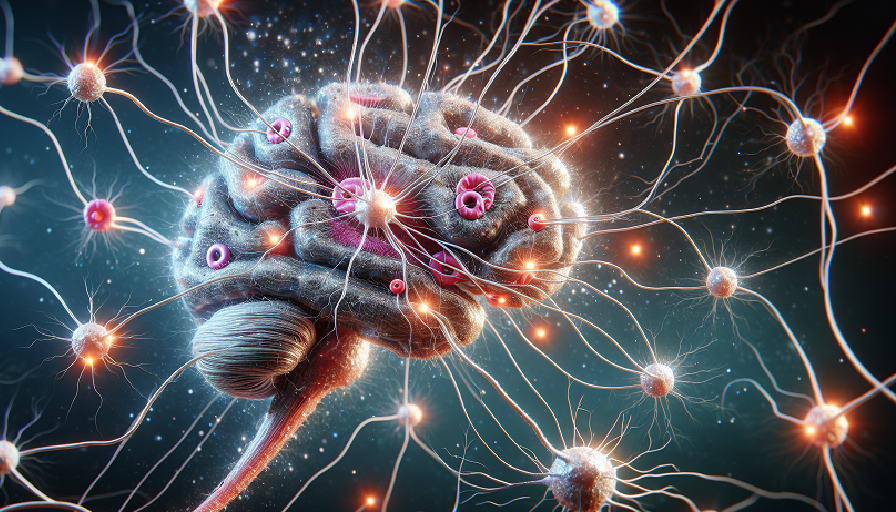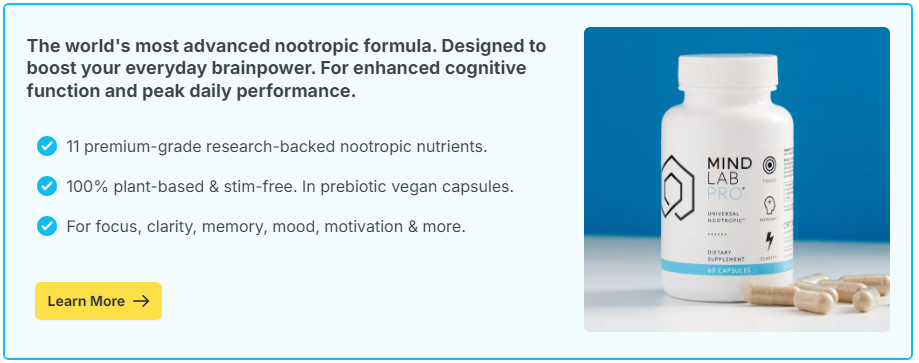
Walk into any modern wellness store or scroll through a productivity-focused Instagram feed, and you’re bound to encounter gadgets promising to “supercharge your brain.” From neurofeedback headsets to apps that test your memory with digital card flips, the quest to boost brainpower is more alive than ever. But here’s the twist—this isn’t a 21st-century trend. Long before biohackers and brainwave trackers, the Victorians were already trying to outsmart their own minds, one mechanical contraption at a time.
The 19th century was an age of steam engines, electricity, and human ambition. It was also an age obsessed with intelligence, memory, and mental discipline. Victorian society saw the mind not just as a seat of thought but as a machine to be calibrated, trained, and made more productive. Enter the brain training machines—curious contraptions born from a blend of science, speculation, and a bit of theatrical flair.
Contents
The Mental Machinery of the 1800s
During the Victorian era, the brain was both mysterious and magnificent. Scientific understanding was still catching up to speculation, but that didn’t stop thinkers, tinkerers, and medical entrepreneurs from trying to build tools that could shape cognition.
Early Brain Gadgets and Their Inventors
One of the most well-known devices of the time was George Beard’s “Electropathic Belt,” which promised to restore nervous energy by zapping the wearer with mild electric currents. Beard, a neurologist who coined the term “neurasthenia” to describe nervous exhaustion, believed that electricity could stimulate mental and emotional recovery. His devices sold briskly to overworked professionals and tired housewives alike.
Then there were devices like the “psychograph,” a pseudo-scientific tool that used phrenology—a debunked theory linking skull shape to mental faculties—to assess character and intelligence. People would sit still as small mechanical arms measured the contours of their skulls and output “data” about their cognitive strengths and weaknesses.
- Phrenology Helmets: Claimed to map and enhance faculties like memory and perception based on skull shape.
- Electro-Galvanic Chairs: Delivered electric stimulation to the spine and brain to combat fatigue and boost alertness.
- Memory Charts and Mnemonic Systems: Paper-based “machines” that used diagrams and color-coding to train memory recall.
While modern science looks back at these devices with a raised eyebrow, they reflect a core truth: people have long sought tools to sharpen their mental edge—even if the methods were more steam-punk than science.
Cognitive Fitness in a Rigid Society
The Victorian obsession with mental training didn’t arise in a vacuum. This was a society under pressure: the industrial revolution was booming, urban life was accelerating, and class mobility hinged on education and mental discipline. A sharp mind wasn’t just admired—it was a survival tool.
Brainpower as a Social Climber’s Tool
Middle-class Victorians embraced the idea that intelligence could be trained, not inherited. This mindset fed an entire market of memory guides, concentration-enhancing tonics, and do-it-yourself cerebral workouts. Many books of the time promised “memory made easy” through mental gymnastics—memorizing lists, doing arithmetic in reverse, or reciting poems backward to stretch the mind.
Schools and reform institutions latched onto these ideas, sometimes going so far as to introduce calisthenic-like mental drills during class. The idea was simple: if you could train the body through exercise, why not the brain?
This concept is still alive today—just look at the rise of cognitive training apps, puzzle books, and, yes, nootropics. The Victorians would have fit right in at your local biohacking convention.
The Blurred Line Between Science and Showmanship
Of course, not all Victorian brain devices were purely scientific. Many fell into the realm of pseudoscience or flat-out entertainment. But in an age without YouTube or TikTok, these theatrical presentations drew crowds and inspired wonder.
Public Demonstrations and Mental Marvels
Inventors often took their brain-enhancing machines on the road, staging live performances to impress curious onlookers. A typical event might feature someone hooked up to an electro-stimulation headset, demonstrating “heightened focus” by solving complex problems on stage. These were half-lecture, half-spectacle—and fully captivating to the public.
Phineas T. Barnum himself got into the act, including phrenology exhibitions and “intelligence machines” in his museums. It didn’t matter whether they worked; what mattered was that they dazzled.
Yet, among the spectacle, real innovation simmered. These gadgets laid the groundwork for more rigorous inquiry into brain training and mental performance, even if they lacked the methodology we expect today.
Legacy and Echoes in the Modern World
While the Victorian brain machines may seem quaint now, their influence still hums beneath our current obsession with mental optimization. The drive to enhance cognition through artificial means never really left—it just got a digital upgrade.
From Steam to Silicon
Today’s brain training apps promise increased focus, faster memory recall, and even improved emotional regulation. While the tools have changed—from electro-galvanic belts to EEG neurofeedback headsets—the underlying desire is the same: better thinking through external intervention.
Even supplements have a throughline. Victorian “brain tonics” often contained stimulants like kola nut or coca leaves. Now, we have nootropics—formulas designed with modern neuroscience to enhance memory, reduce brain fog, and improve overall cognitive function.
Some of the most popular modern nootropic ingredients include:
- L-Theanine + Caffeine: A synergistic combo for focus and calm alertness
- Rhodiola Rosea: Adaptogen that helps manage mental fatigue
- Lion’s Mane Mushroom: Promotes neurogenesis and memory retention
- Bacopa Monnieri: Used traditionally for memory enhancement, now backed by studies
Unlike the speculative potions of the past, many modern nootropics are supported by clinical research. They aren’t miracle cures—but they can be a valuable part of a holistic cognitive routine, especially when combined with proper sleep, diet, and mental engagement.
What the Victorians Got Right—and Wrong
Victorian brain machines weren’t just a curiosity; they were a cultural mirror. They revealed anxieties about mental decline, aspirations for social mobility, and faith in technology to overcome natural limitations. While their methods were often misguided, their motivations were surprisingly modern.
The Wisdom in Their Wildness
The Victorians may have misunderstood neuroscience, but they intuited something powerful: the brain is plastic, and its potential is worth cultivating. In a world increasingly filled with noise and distraction, that message still resonates. Their mechanical helmets and buzzing belts may not have worked—but their belief in training the mind endures.
So, the next time you sip your nootropic smoothie or run through your favorite memory app, tip your hat to the eccentric Victorians who paved the way. They may have lacked the science, but they had plenty of spark—and in their own steam-powered way, they helped launch the modern movement for smarter, healthier brains.
From Clockwork to Cognition
From brass dials and galvanic chairs to EEG sensors and neural enhancers, our tools have evolved. But the yearning behind them hasn’t. Like the Victorians, we seek sharper minds, faster recall, and deeper focus—not just for the sake of performance, but because our cognition is the gateway to everything else we do.
So while we can chuckle at the oddities of 19th-century “brain science,” we should also recognize its ambition. The blend of curiosity and creativity that drove the Victorian fascination with mental machines lives on—in every cognitive app we download, every article on neuroplasticity we read, and yes, in every nootropic capsule we take to fuel our brains just a little better than yesterday.

